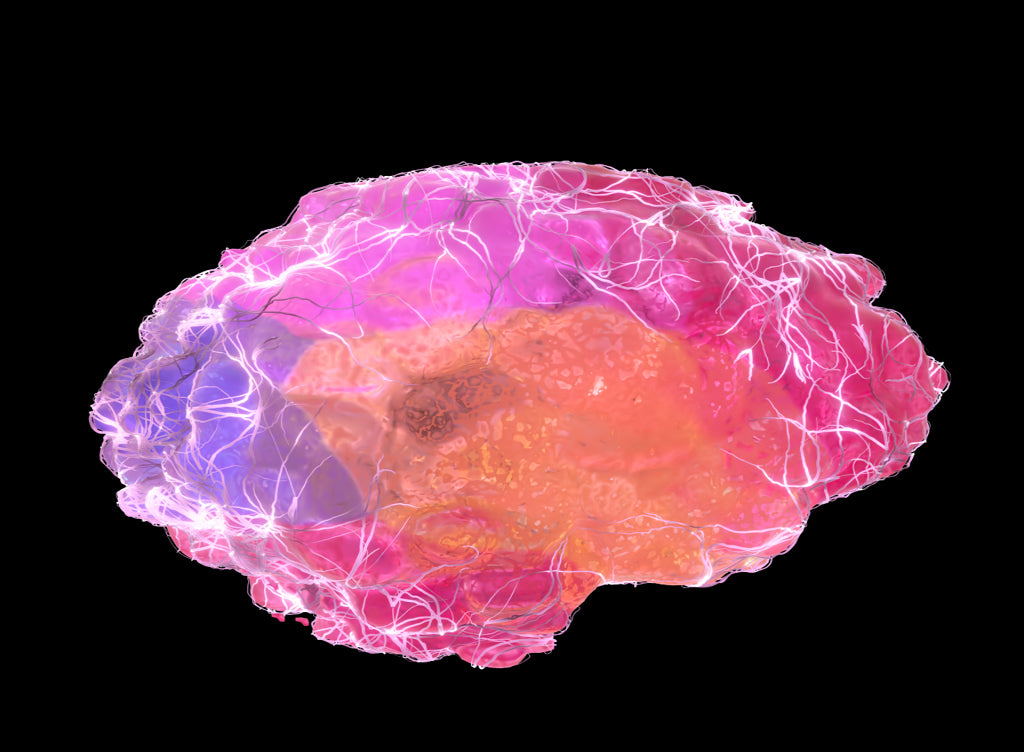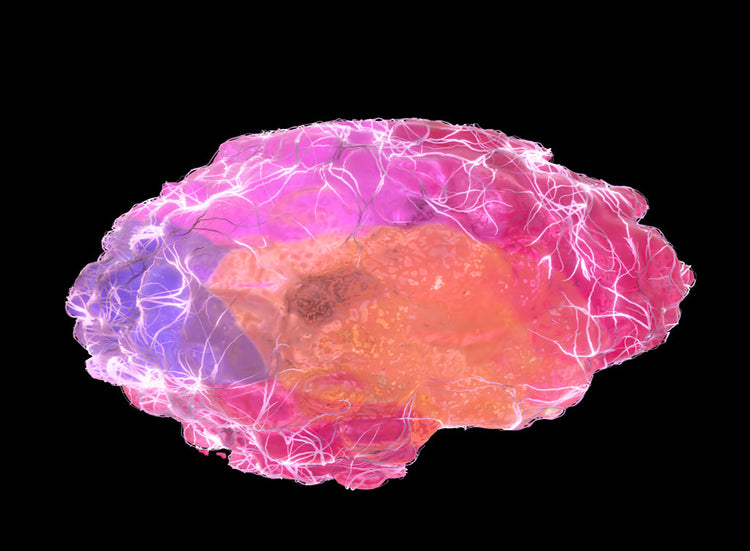The Science of Scent


The importance of scent in our daily lives is often underplayed. Smell is the first of our senses to be activated when we’re born, with some studies showing that we can even smell while in the womb. As we grow, the link between the olfactory system and our emotional state only develops: Within two weeks, babies can tell the difference between their mom and another mom’s breastmilk, and by one month they’re likely lose their appetite if an overpowering aroma is present.
At around the six month mark—a milestone typically associated with babies being weaned onto solid foods—our sense of smell becomes linked to what we do and don’t like to eat. By 10 months, we use this knowledge to let others know our meal preferences. Other smells from the world around us, even at this early stage, begin to affect our behaviour and moods: Scent becomes the foundation of a vast fragrance memory with the ability to trigger both bad and good emotions (in an instant), for the rest of our lives.
As adults we are less aware of the subtleties in scent—unless the odour is unpleasant. We use our noses to identify danger (think gas, fire, smoke), and to divert away from potential risks, like glue, bleach, paint, and bad milk. But we can also learn to use our olfactory system strategically, influencing our brain to release dopamine and serotonin in order to feel good. Some common uplifting examples of this include freshly baked cookies, cut grass, flowers, and citrus fruits.
Here’s the biology bit: of the five senses, scent is the only one with a direct line to three of the most important areas of the brain: the orbitofrontal cortex, which signifies awareness, the hippocampus, which is linked to memory, and the amygdala, which helps us sort smells and is directly associated with our emotions and mood. The process begins in the nose, where around 450 olfactory receptors (roughly half the amount a dog has), detect smells and send signals to the brain for it to decipher.
This intimate connection has been tested and proven repeatedly, but nowhere more so than by The Brain and Behaviour Laboratory as the University of Geneva. Using a framework called the Geneva Odour and Emotion Scale, researchers mapped how specific scent groups affect cognitive function over a five-year period. Neural image processing was used in combination with a number of psychological and physiological tests to record data.
The findings of this study are the basis and science behind our original anti-stress supplement, FUNCTIONAL FRAGRANCE. Put simply, we used key scents from what researchers call “fragrance families,” with a proven record of calming and relaxing the brain. Some other adjectives linked to the "families” we included are: clean, light, invigorated, refreshed, serene, enlivened, excited, pleasant, charmed, warm, stimulated, and good mood.
As you smell FUNCTIONAL FRAGRANCE, air moves across the membranes of the nasal cavity, depositing small molecules from each ingredient which make up the scent. To give some context: A patch of about 10 million cells make up the part of the nose where smells are detected, and for just one molecule to be identified it must find a corresponding receptor. Once it does, a signal is sent to the olfactory bulb and then to the brain, which decodes each individual signal—unifying them, within a nanosecond, into a soothing multi-sensory experience.
This same olfactory technology has been applied to FOREST LUNGS and MIND ENERGY, with specific scent blends to decrease stress levels and improve focus respectively.
Think of our fragrances like a shortcut to certain brain functions; when you need a quick reset, your nose is the most reliable route.
This article was written by Elsa de Berker and updated on October 20th 2020 by Lara Spiller.